B2B eCommerce Sales: Proven Tips for 2025 and Beyond
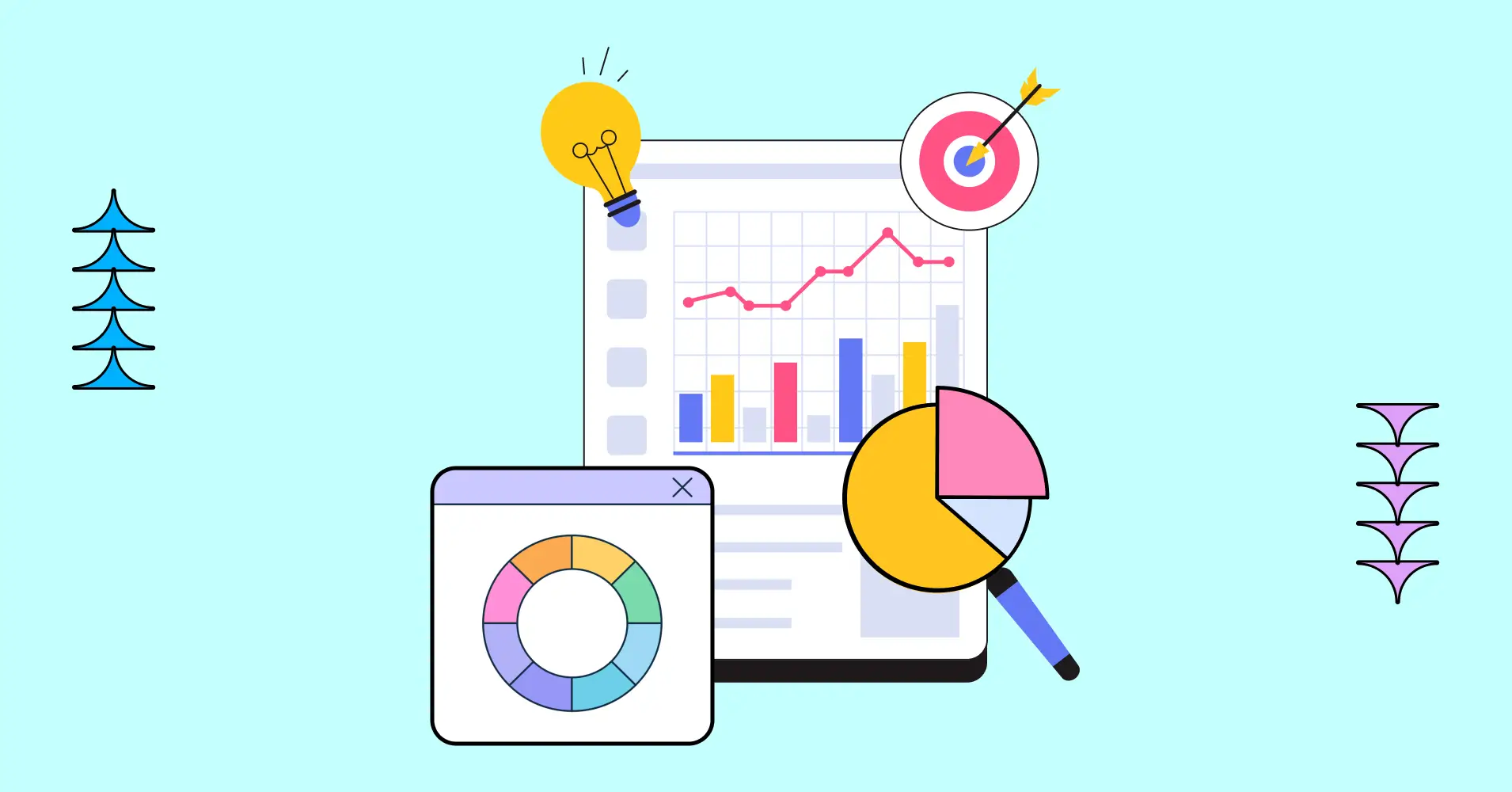
If you are still looking for ideas to increase B2B eCommerce sales and revenue, the stakes and opportunities have never been higher! With everything going digital and smart, the way businesses buy and sell is changing. People expect smooth, personalized, and efficient buying experiences through each purchase as a consumer.
So what are you going to do to keep up?
In this blog, we’re going to dive into B2B trends, B2B strategies, and some success metrics for you. Understand the latest trends, customer expectations, and your role as a B2B.
What is B2B eCommerce?
In words, B2B eCommerce is “Business-to-business electronic commerce.” It’s the online selling and buying of products between businesses across the web, not between business and an individual consumer.
It’s a model including wholesalers, wholesalers to retailers, and service providers offering solutions to other companies. It’s for companies that depend on other businesses for supplies, services, or equipment. The transaction operations in this model involve larger volumes or bulk orders, longer sales cycles, and complex requirements and negotiations.
For example, a manufacturer processes raw materials and sells yarn to a company that uses yarn to create finished products like clothes.
Now, which end are you in?
B2B Trends
The global B2B eCommerce market is growing fast. The compound annual growth rate is projected to be 18.2% from 2024 to 2030. Here are some B2B trends and stats you need to keep in mind if you want to increase eCommerce revenue.
- AI personalization: 2 out of every 3 B2B enterprises are using AI to scale revenue, personalize buyer experiences with product recommendations, manage inventory, and follow ups.
- Marketplace: B2B buyers prefer marketplaces for wide product selection, flexible delivery, transparent pricing, global payment, and procurement.
- Flexible payment: Buy Now Pay Later (BNPL), monthly payments, self-service, EMI, working capital credit, and integrated invoicing is making transactions faster and flexible.
- Omnichannel: meeting buyers wherever they are – websites, marketplaces, mobile, social sites, or email.
- Environment-friendliness: Many buyers now look for eco-friendly procurement and ethical sourcing.
- Content-driven decision: B2B buyers now rely on high-value content, SEO blogs, and case studies on the internet to make their purchasing decision.
Boost B2B eCommerce Sales: 13 Marketing Strategies
The most common question that gets asked in this niche is “How to increase revenue in eCommerce”? For your b2b eCommerce growth, you need a little more than a great product catalogue.
We’ve curated some B2B eCommerce marketing strategies here for you.
Content Marketing and SEO
B2B buyers like big corporations and organizations do extensive online research before actually making the purchase. They look for customer reviews, use cases, SEO-optimized blogs, and everything else that falls under content marketing.
Creating high-value, informative, and relevant content will make a potential client trust you. These also drive the right traffic to your website and increase brand visibility, being the most non-intrusive way of reaching out to customers. The copies will convert naturally with CTAs without being too sales-y.
For example, if your B2B eCommerce business creates and sells software solutions, you can easily write blogs, make tutorial or explanatory videos, white papers on relevant topics.
Personalization
You need to check analytics to personalize product recommendations for your target B2B customer. The product pricing, catalogue, what they see when they’re on the web, purchasing history, and buyer persona need to be studied. The more products they see fitting their needs, the more sales you’ll make.
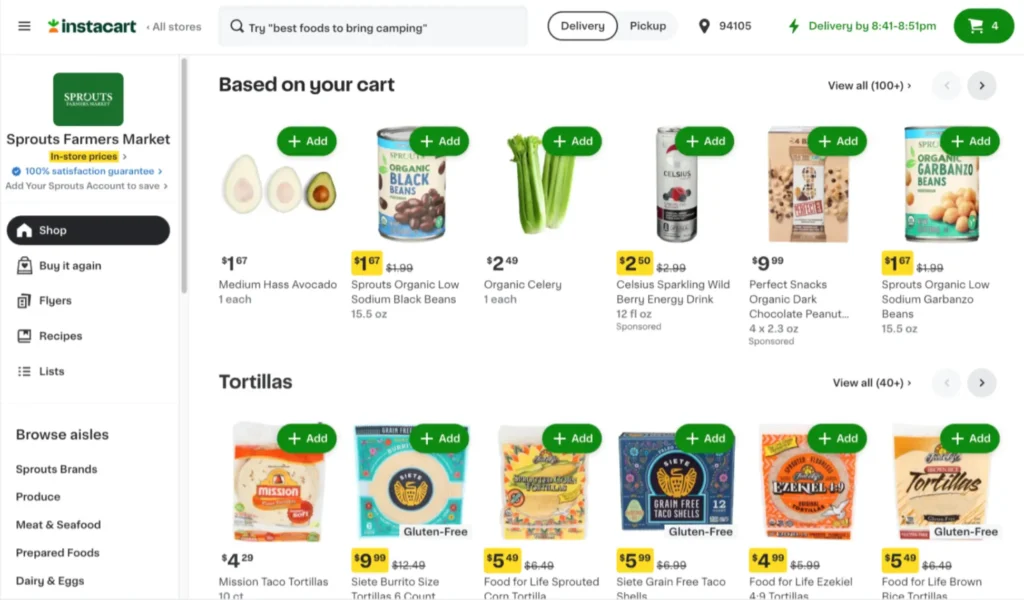
Tailoring customer engagement, data, and user behaviour based on their preferences can lead to higher conversion rates. This also helps retargeting and segmentation. You can categorize who wants what and deliver them just the right thing at the right time.
Email Marketing
Right after you categorize your buyers, sending personalized emails based on your audience’s needs and preferences becomes easier. If you can send the right content in the emails, it will nurture leads and boost conversions.
For example, suppose a customer has hovered over a certain product or clicked on it on your site, but they still left without buying. Once you see the analytics, you could send them a targeted customized email only for them, using the right email marketing tool.
Product Display
Visual search with filters (filter by price, size, color) on the website is very common now. It’s easier for customers to find and select products this way.
eCommerce stores selling digital or physical products can use product tables to include all the related product details in one place.
For example, a Woo product table with product image, category, description, price, and the buy button are in one single row for a potential customer to see what they’re in for and click “Buy Now.”
| Image | Name | Category | Price | Choose | |
|---|---|---|---|---|---|
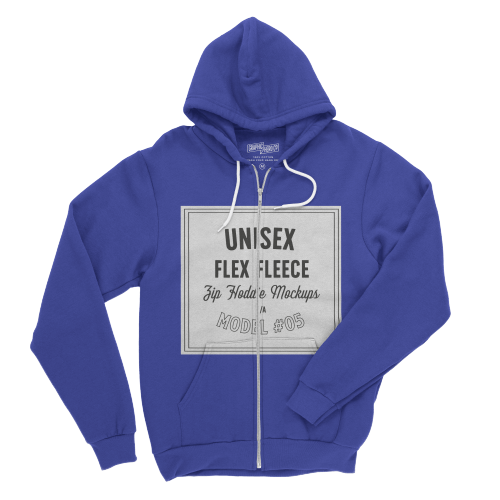 | Blue Hoodie (Zipper) | Hoodies | Original price was: $40.00.$35.00Current price is: $35.00. | | |
 | Hat | Hat | Original price was: $20.00.$15.00Current price is: $15.00. | | |
 | T Shirt | Half sleeve | $45.00 | | |
 | T-Shirt with Logo | Tshirts | Original price was: $10.00.$8.00Current price is: $8.00. | | |
 | Beanie with Logo | Accessories | Original price was: $20.00.$18.00Current price is: $18.00. | | |
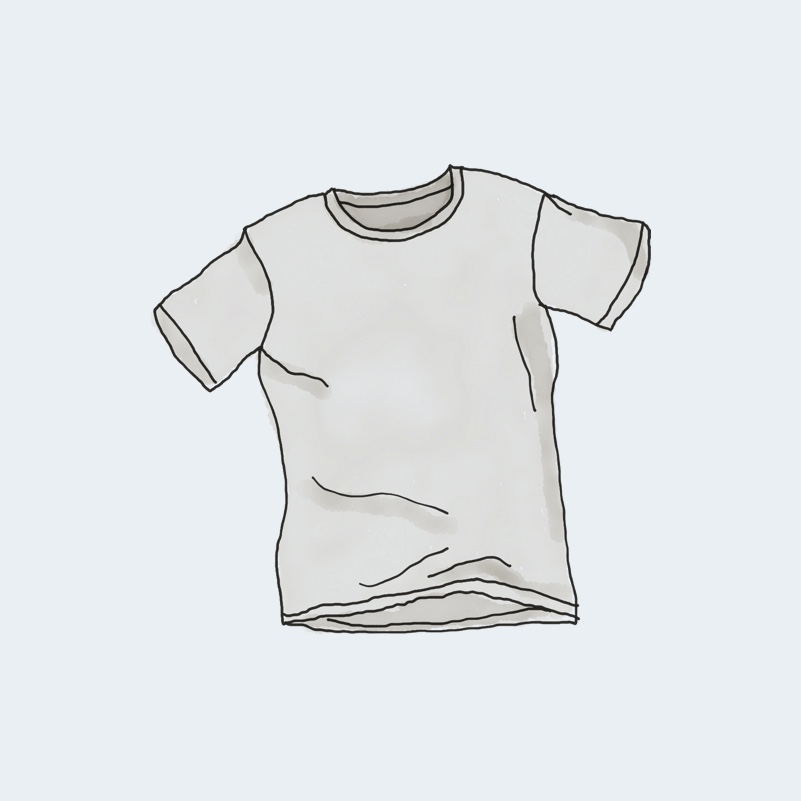 | T-Shirt | Tshirts | $18.00 | | |
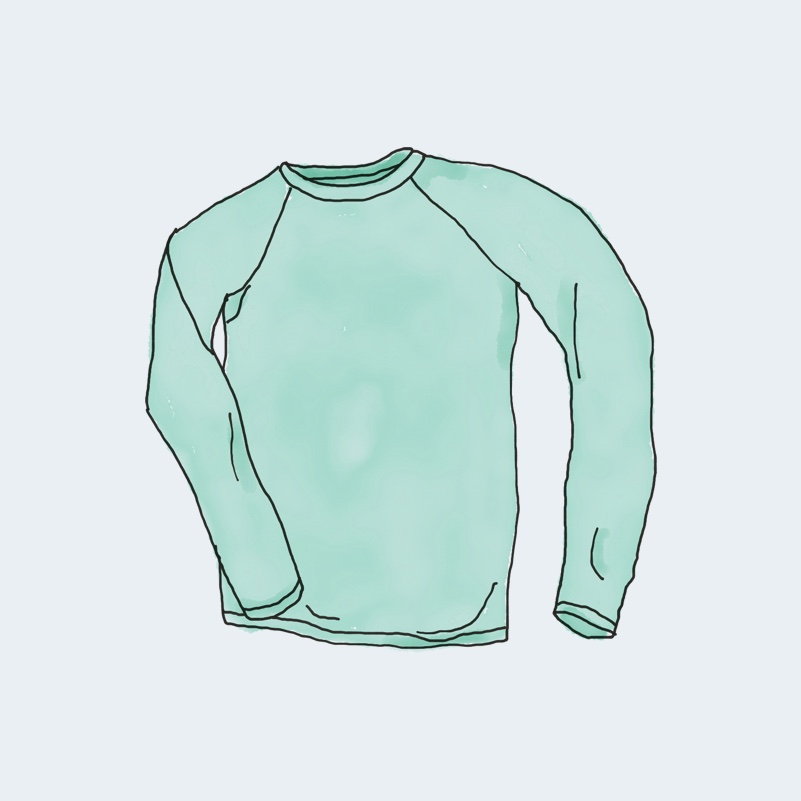 | Long Sleeve Tee | Tshirts | $25.00 | | |
 | Polo | Tshirts | $20.00 | | |
 | Hoodie with Logo | Hoodies | $45.00 | | |
 | Hoodie with Pocket | Hoodies | Original price was: $45.00.$35.00Current price is: $35.00. | | |
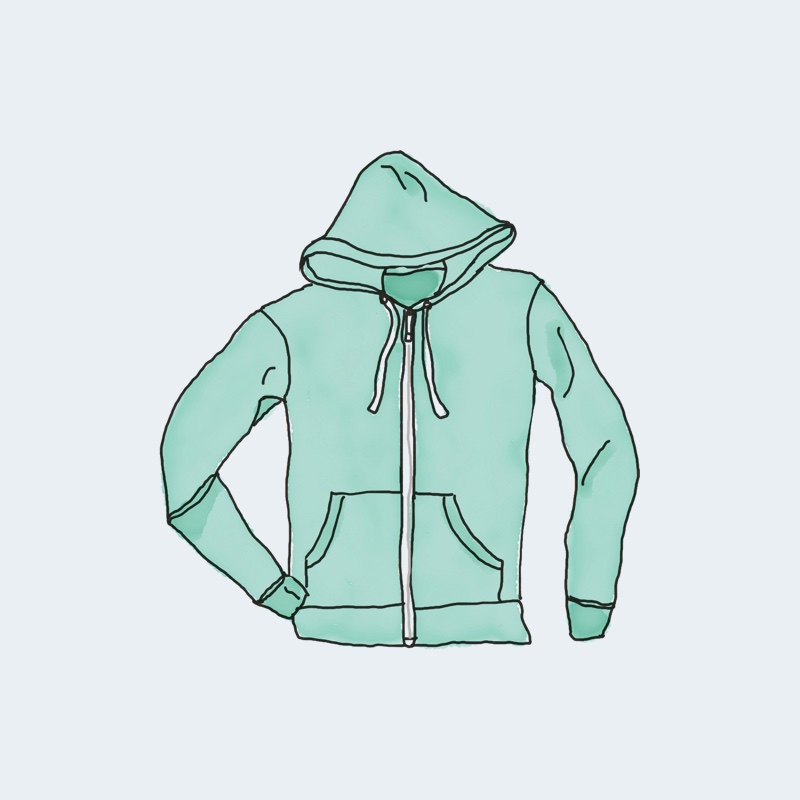 | Hoodie with Zipper | Hoodies | $45.00 | | |
 | Beanie | Accessories | Original price was: $20.00.$18.00Current price is: $18.00. | | |
 | Belt | Accessories | Original price was: $65.00.$55.00Current price is: $55.00. | | |
 | Cap | Accessories | Original price was: $18.00.$16.00Current price is: $16.00. | | |
 | Sunglasses | Accessories | $90.00 | | |
 | Tank Top | Tanktop | Original price was: $45.00.$40.00Current price is: $40.00. | |
WordPress businesses can also display pricing tiers or details from Google Sheets in a table. Real-time search, smooth navigation, interactive actions, and advanced data filtering in product tables help buyers quickly find what they need, resulting in bigger order sizes.
Social Media Marketing
Visibility is everything. You need to develop a strong social media presence and engage with your audience, promote your business, and gain sales. For B2B social marketing, LinkedIn is particularly more effective.
You could share articles or industry news on your company LinkedIn page. That doesn’t mean you should neglect other platforms and forums like Facebook, X, or Reddit. Be wherever your B2B customers are.
Testimonials and Case Studies
Buyers look for real reviews from real people. Sharing user testimonials and case studies is a strong proof that your product or service is worth investing in. Showcase real-life examples of how your products have helped other businesses to attract new buyers and generate sales.
GSMArena | |||
AT & T | |||
Trustpilot | |||
Techradar | |||
Pros
| Cons
| ||
PPC and Retargeting
Pay-per-click advertising can drive immediate traffic to your website, resulting in more conversions. Google Ads display your ads on the top of search results for specific keywords.
You can also create ads to target people who visited your website once but turned back without making a purchase. This is retargeting. They already know your business and probably just need the extra push.
Website Design
Sometimes a store needs to look good for people to even think about buying from there. A well designed website with good UI/UX which is easy to navigate and responsive signals a positive browsing experience. It encourages people to explore more and convert.
Payment and Pricing
Flexible payment options like PayPal, Stripe, Wise, instant invoices, EMI, and everything that’s popular worldwide encourages people to buy.
Discounts incentivize purchases more than anything. Make sure to give them volume-based discounts – the more they buy, the more they save. It encourages larger orders and increases AOV. Incorporating FOMO, discount on second purchase, discount on the products that are sitting in their cart, and BOGO deals are great ways to get sales.
As for pricing, the product prices, price tiers, and shipping costs should be transparent, without any hidden cost.
Optimized Checkout
According to Baymard’s research, 39% cart abandonment happens during checkout because of high extra costs like shipping, tax, or other fees. And 19% happens because people didn’t trust the site with their credit card info. Another 19% didn’t want to create an account to checkout.
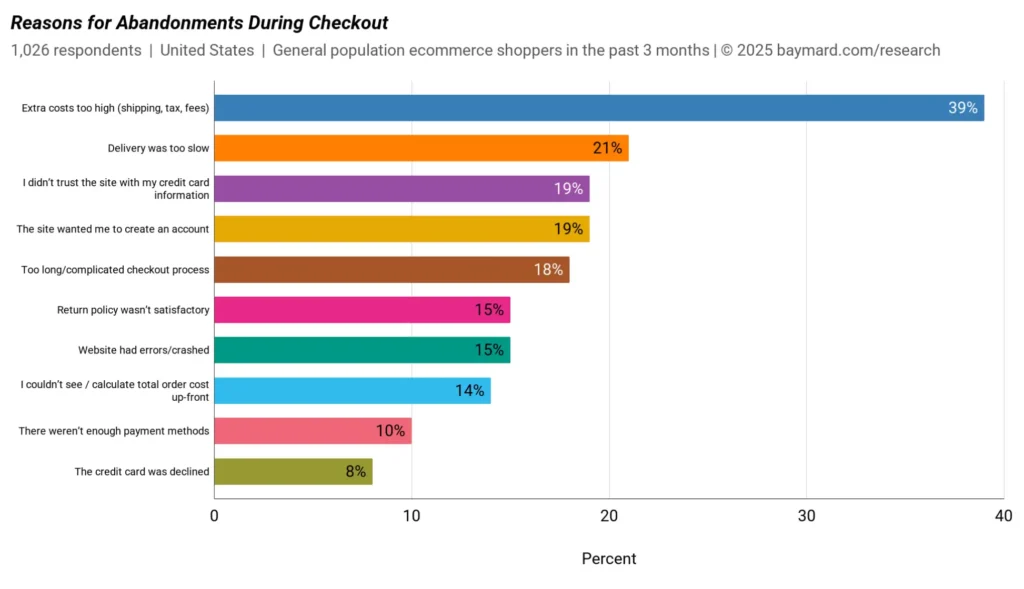
Image source: Baymard
The more you simplify the purchasing and checkout process, the less carts will be abandoned.
Remove unnecessarily long checkout processes to ensure sales. Create an intuitive checkout page with free guest account option, free shipping cost offers, safety assurance, quick-order options, and easy reordering process for repeat buyers. eCommerce tools like FluentCart minimizes your stress with built-in smooth checkout UX.
Chatbots
For 24/7 customer service, lead generation, data gathering, and a smooth user experience, chatbots are pretty common. It’s conversational marketing that can also do AI-powered product recommendations for you in the chats, reducing any in-person contact.
B2B Referral Program
Encourage your existing B2B customers to refer your business to others and in exchange, offer them special discounts or other rewards.
A referral program boosts your sales, loyalty, and credibility at the same time. For example, HubSpot. For each referral-turned-HubSpot customer, the one who refers to HubSpot receives credit that can be used in their own HubSpot invoices.
B2B Cause Marketing
Eco-friendly, non-profit, donation, charity, and fundraiser – these are some key terms that many B2Bs look for now. Social cause marketing in B2B is when businesses put focus on social, environmental, or a charitable cause and not just promote their products/services.
One business marketing their product to another business all while aligning both brands with a cause that matters – this commitment toward sustainability or contribution to society is a smart marketing strategy that benefits both the businesses and the people. It helps the brand image and drives sales.
These are some B2B eCommerce best practices that you can’t ignore. What are your ideas? Let us in.
Get In touch with Ninja Tables
How Do You Measure the Success of a B2B eCommerce Strategy?
Some key metrics that track B2B eCommerce success.
- High conversion rate, sales, and revenue
- Low customer acquisition cost.
- High average order value (AOV)
- High customer lifetime value (CLV)
- High website traffic and engagement
- Low cart abandonment rate
- High retention rate
Successful B2B eCommerce Examples
Company | Strengths |
Alibaba |
|
Amazon |
|
Acme |
|
Grainger |
|
Fireock |
|
Next Step For Your B2B eCommerce Sales
We’re halfway into 2025. Before you realize it will be 2050 and it could be too late to capitalize on the current B2B eCommerce sales trends and strategies.
Focus on investing in AI tools, personalization, and automating the buyer journey. Don’t forget omnichannel strategies to meet buyers in the right place. And most important of all, prioritize customer experience and happiness. Keeping up with the best ways to increase eCommerce sales will help your business sustain.
Those who innovate, adapt, and put their customers first will be the future of B2B eCommerce. Are you one of them?

Ninja Tables– Easiest Table Plugin in WordPress

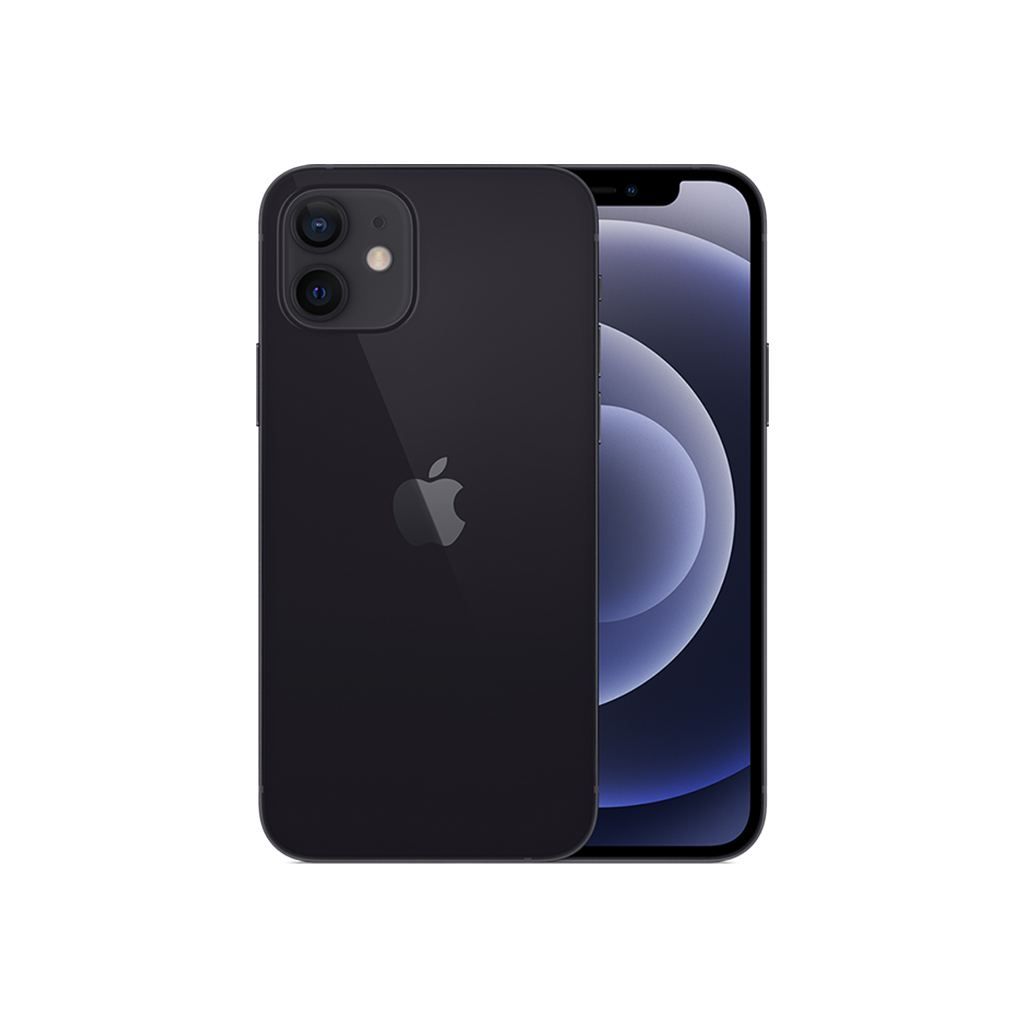




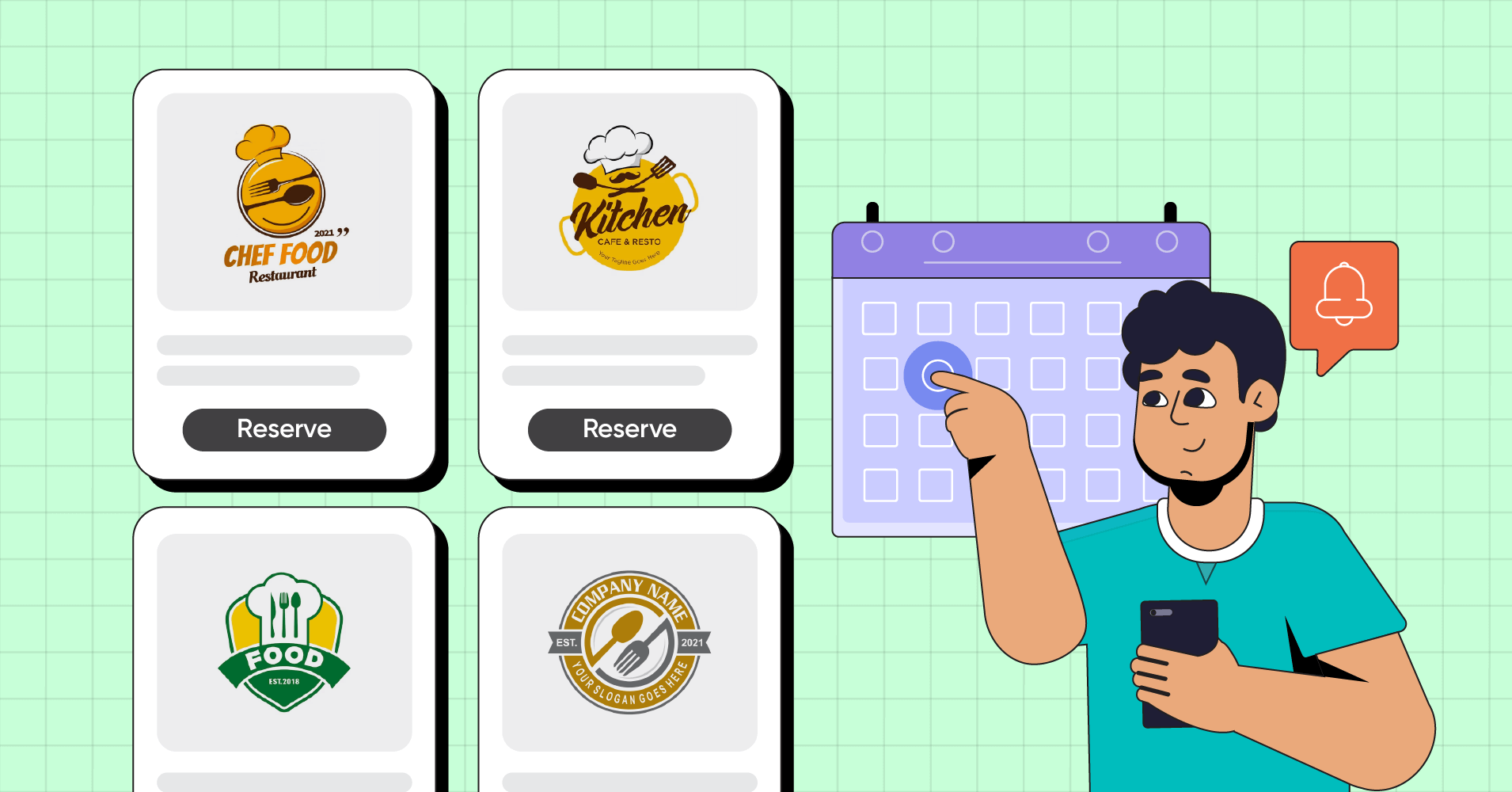
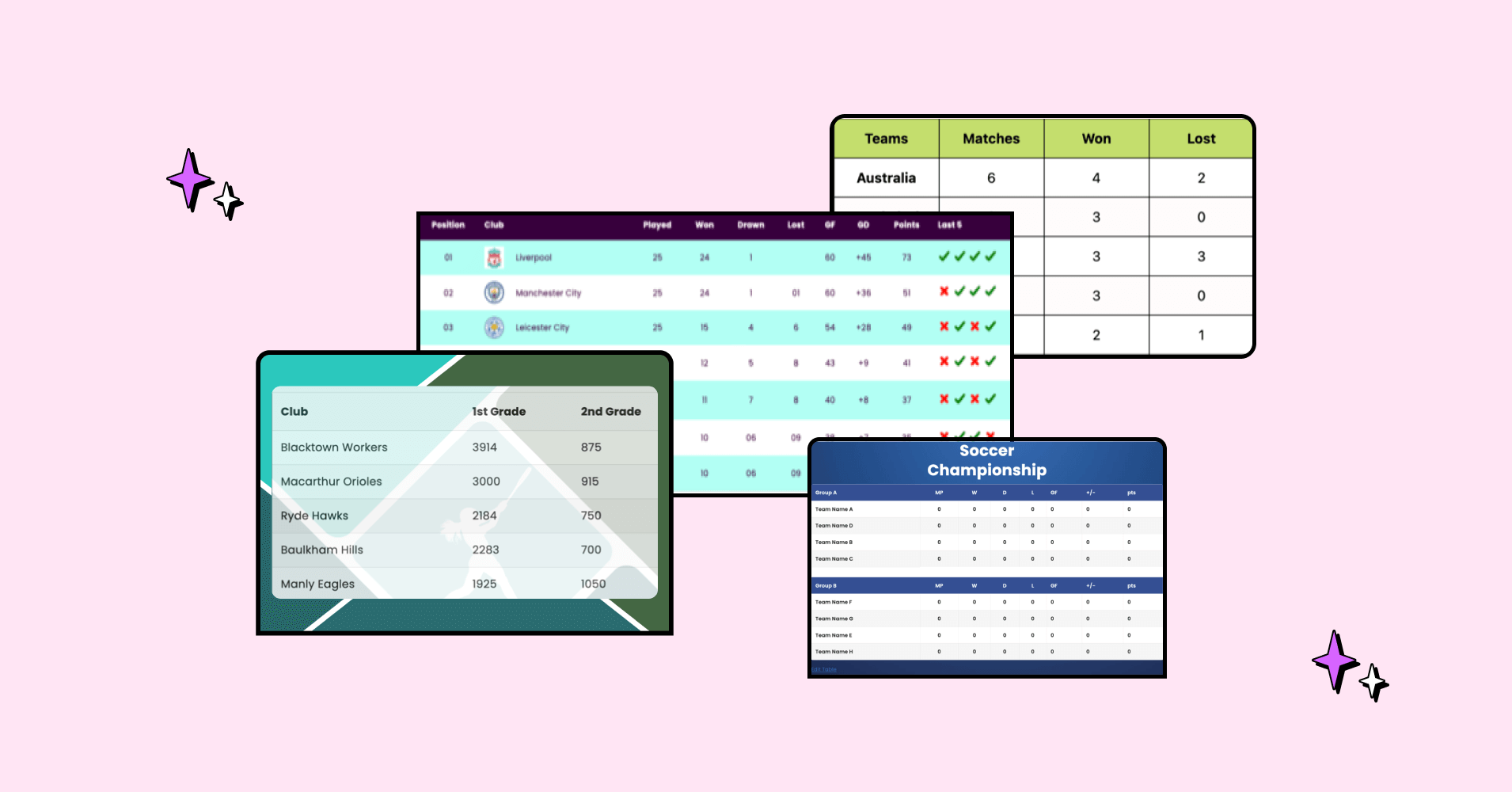
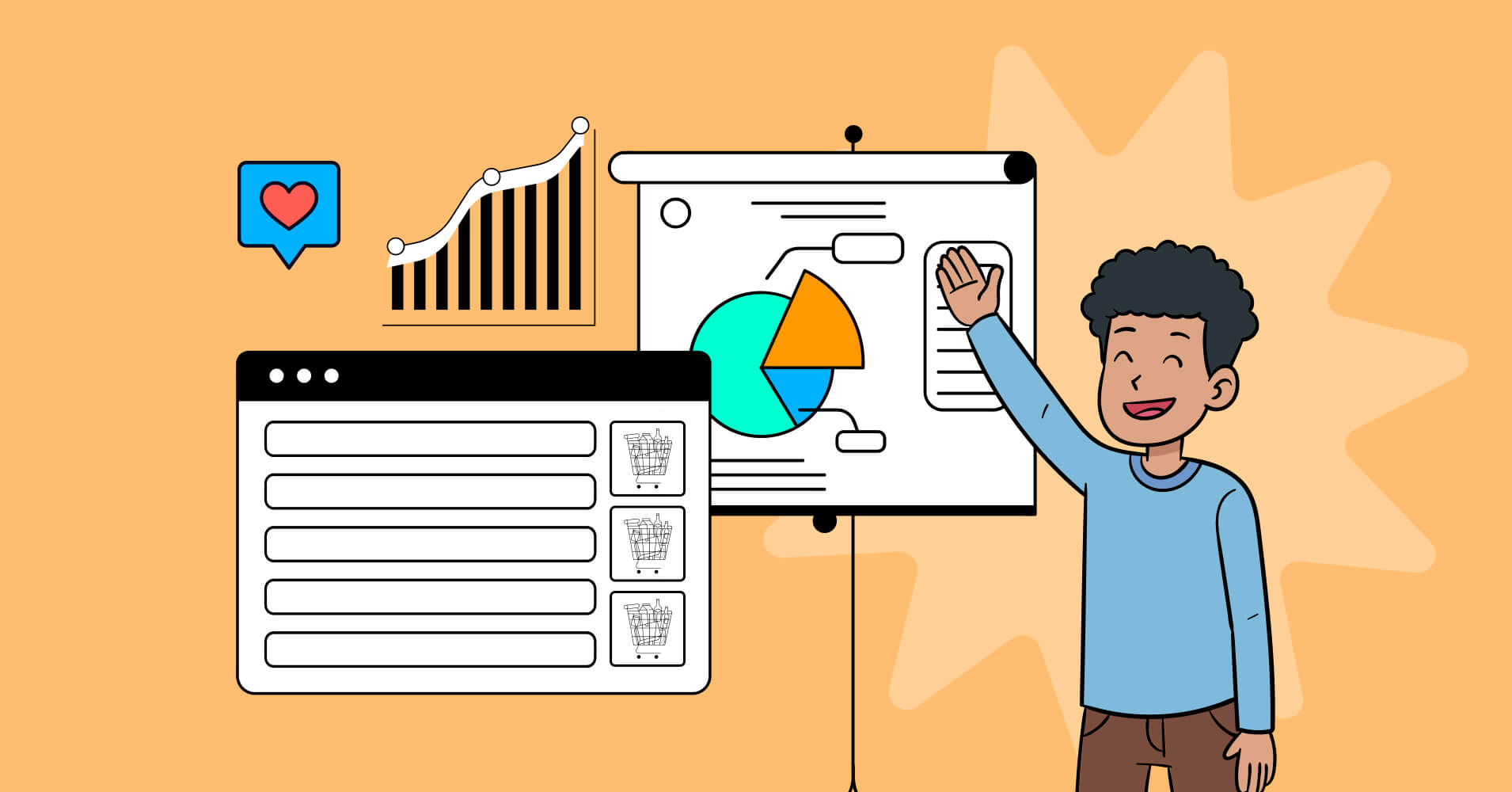
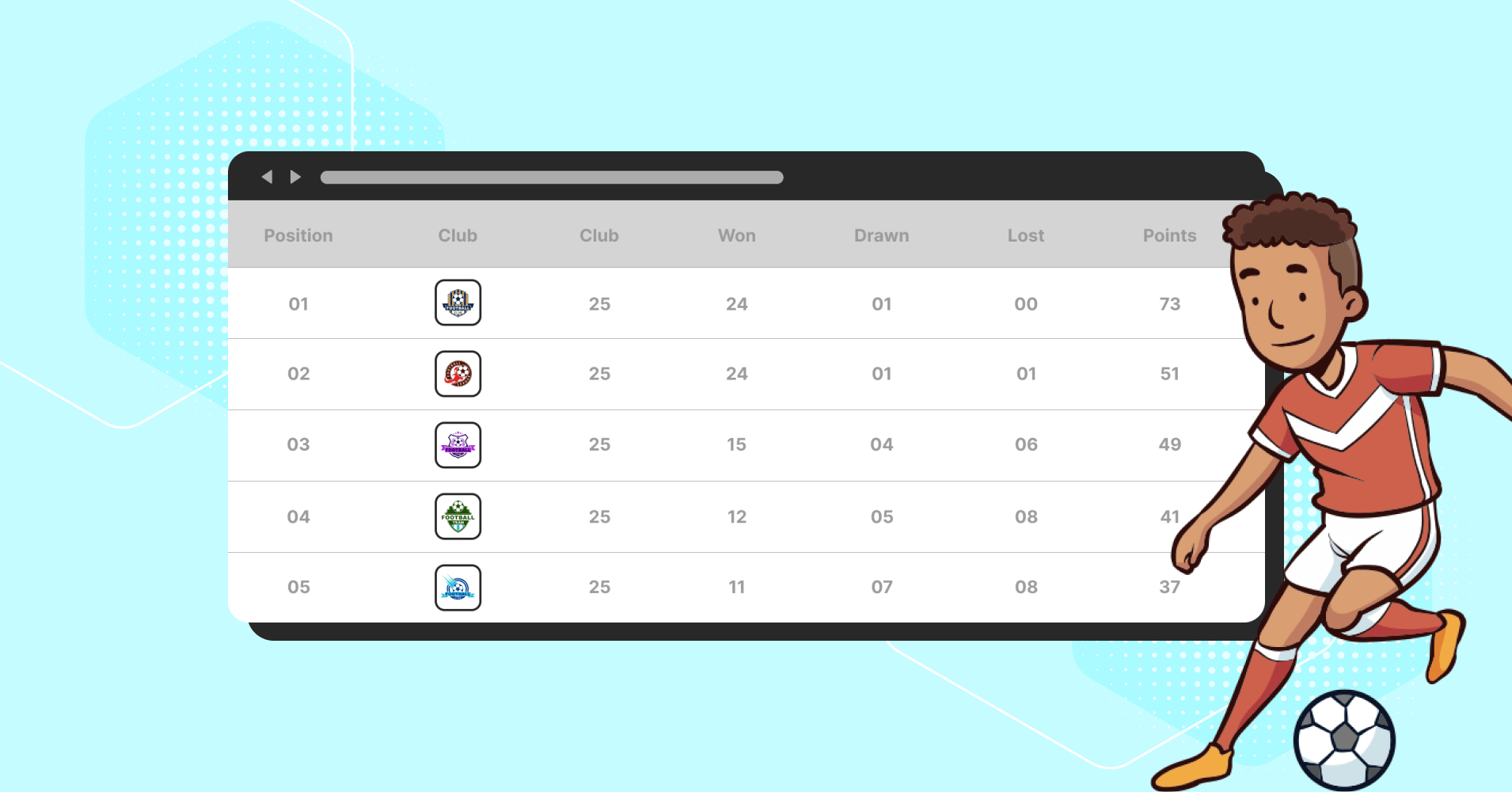
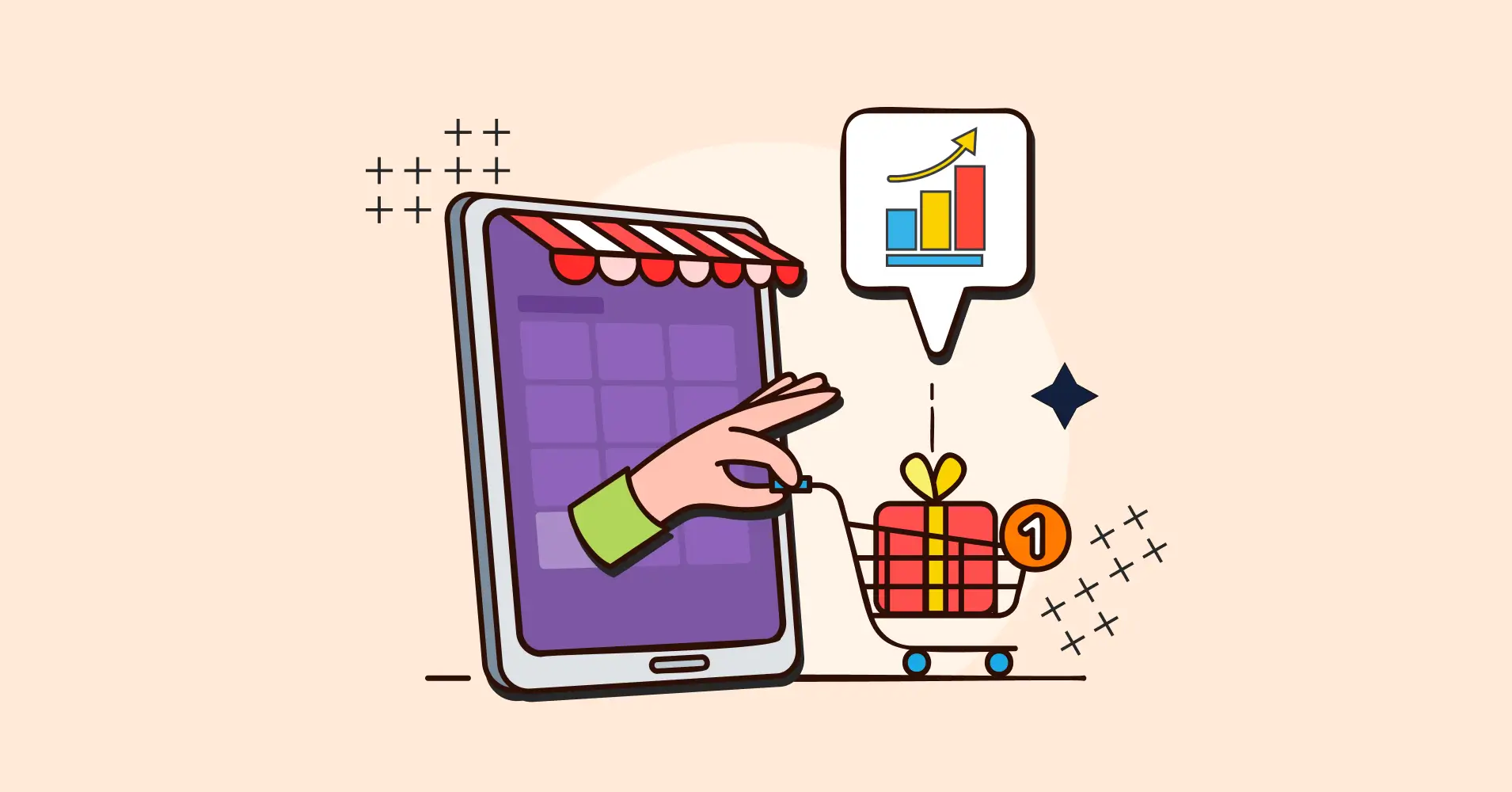
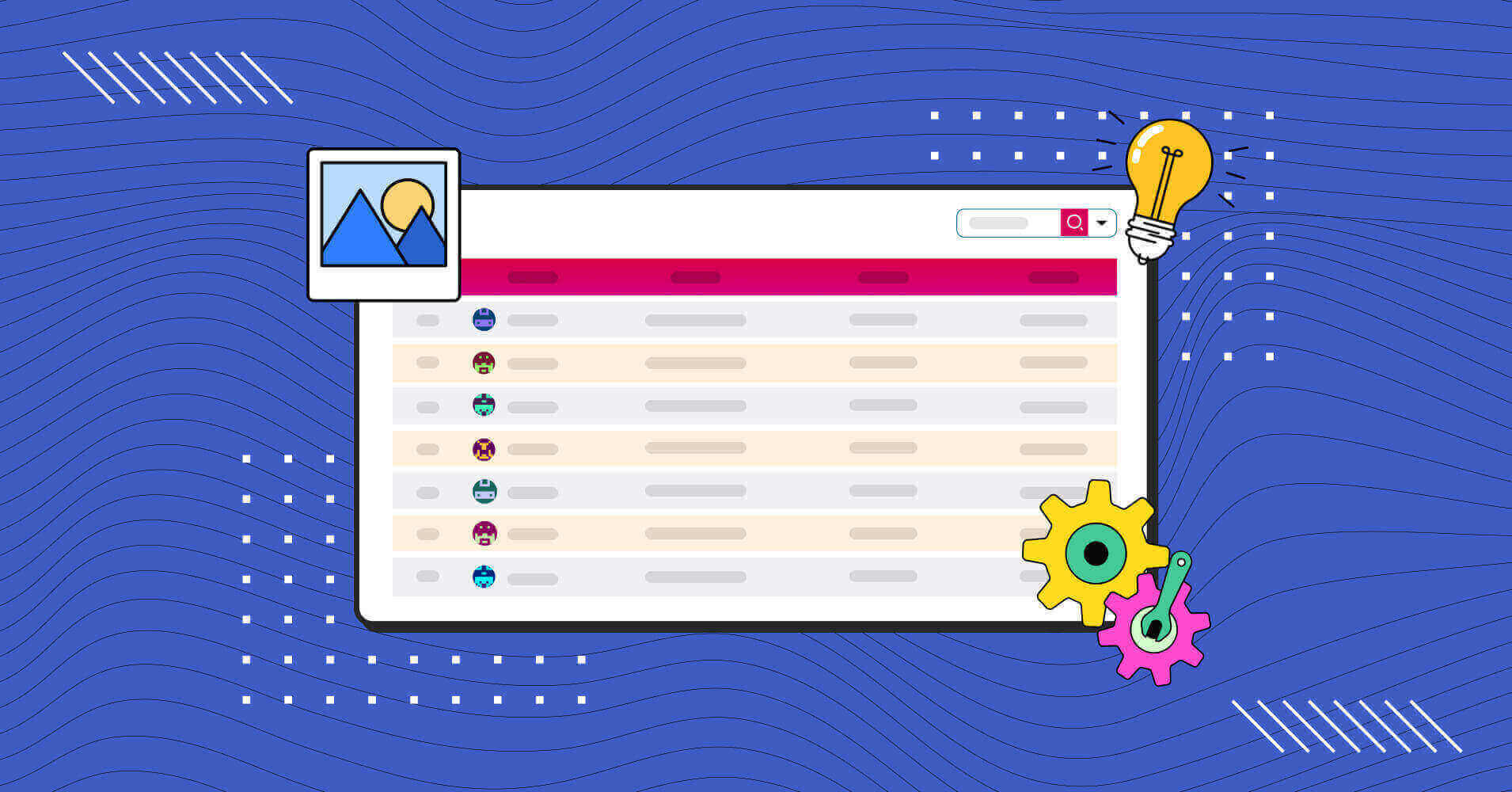
Add your first comment to this post